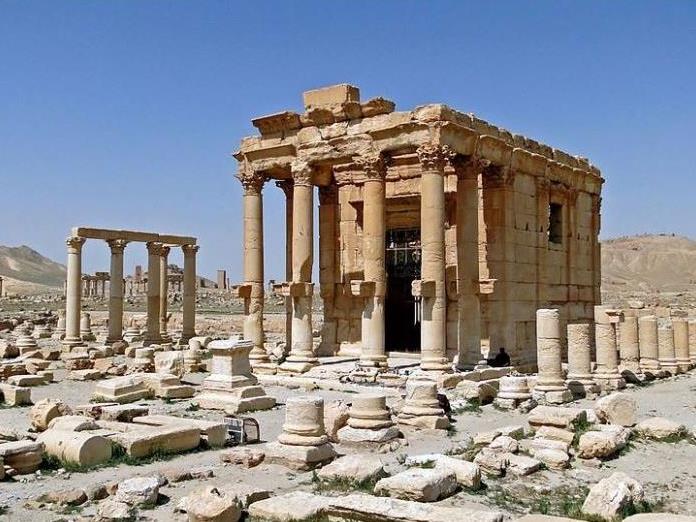The temple of Baal Shamin in Palmyra, which has been destroyed by ISIS in Palmyra. Image: Bernard Gagnon
Barely a week after ISIS beheaded Khaled al-Asaad, the Syrian expert who devoted his life to the study of Palmyra, the group is reported to have destroyed a nearly 2,000-year-old temple dedicated to Baalshamin, Semitic god of rain and fecundity.
The reason seems clear: it is part of a plan by ISIS to get rid of the so-called idols, destroy the past and erase history, by targeting the heritage of Iraq and Syria.





